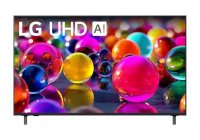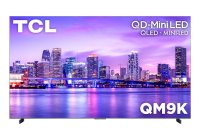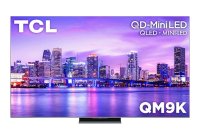Can I Use My TV as a Computer Monitor Without Lag?
As screen sizes continue to grow and display technologies advance, many users consider replacing or supplementing their computer monitors with a TV. While the idea of using a large screen for work, media, or gaming is appealing, one critical concern often arises: Can I use my TV as a computer monitor without experiencing lag?
The answer is yes—but it depends on several technical factors. This article explores the key considerations and settings that can help ensure a smooth and lag-free experience when using a television as a computer display.
Understanding Lag: What You Need to Know
In the context of display performance, lag typically refers to input lag—the delay between performing an action on your device (like moving your mouse or pressing a key) and seeing the result on the screen.
Unlike computer monitors, TVs are generally designed for video playback, which prioritizes image quality over responsiveness. However, with the right setup, many modern TVs can deliver performance suitable for general computing and even gaming.
1. Input Lag and Game Mode
One of the most important features to look for in a TV is a low input lag, especially if you're using it for gaming or interactive work.
Game Mode: Most newer TVs offer a Game Mode setting that disables additional processing and significantly reduces input lag.
Professional Tip: When evaluating a TV, check manufacturer specifications or third-party reviews for input lag benchmarks (ideally under 20ms for a smooth experience).
2. Refresh Rate and Motion Handling
A TV’s refresh rate affects how smoothly motion appears on the screen. Most TVs run at 60Hz, but some support 120Hz refresh rates.
For gaming or high-motion tasks, choose a TV with native 120Hz support.
Ensure your graphics card and HDMI cable are compatible with higher refresh rates—HDMI 2.1 is recommended for 4K at 120Hz.
3. Resolution and Scaling
Most TVs today support Full HD (1080p) or 4K UHD (2160p) resolution, both of which are compatible with modern PCs.
However, using a 4K TV may require adjustments:
Windows Scaling: You may need to adjust scaling settings in Windows to make text and icons legible.
Clarity: TVs may not render small fonts as crisply as monitors, especially if chroma subsampling (4:2:0 or 4:2:2) is used over HDMI. For text-heavy tasks, a monitor may still be preferable.
4. Connectivity: Use the Right Cable
To minimize latency and maximize performance:
Use HDMI 2.0 or higher cables.
Ensure both your PC's GPU and TV support the desired resolution and refresh rate.
Avoid wireless display options like Miracast or screen casting for tasks that require real-time interaction, as these can introduce significant delay.
5. Disable Post-Processing Features
Many TVs include visual enhancement features such as:
Motion smoothing
Noise reduction
Dynamic contrast
These may improve video playback but can increase input lag. For best results, switch your TV to PC Mode or Game Mode, which typically disables unnecessary processing.
Conclusion: Is It Feasible Without Lag?
Yes, you can use your TV as a computer monitor without noticeable lag—provided it meets the technical requirements and is configured correctly.
Ideal Use Cases:
Media consumption
Casual gaming
Light productivity tasks
Less Ideal:
Competitive gaming
Professional design or editing work
Intensive multi-tasking with text or spreadsheets
Before making the switch, assess your needs and ensure your setup supports the resolution, refresh rate, and connectivity required for a seamless experience.
Looking to invest in a TV for dual use as a monitor? Consider models specifically designed with low latency and PC compatibility in mind.



